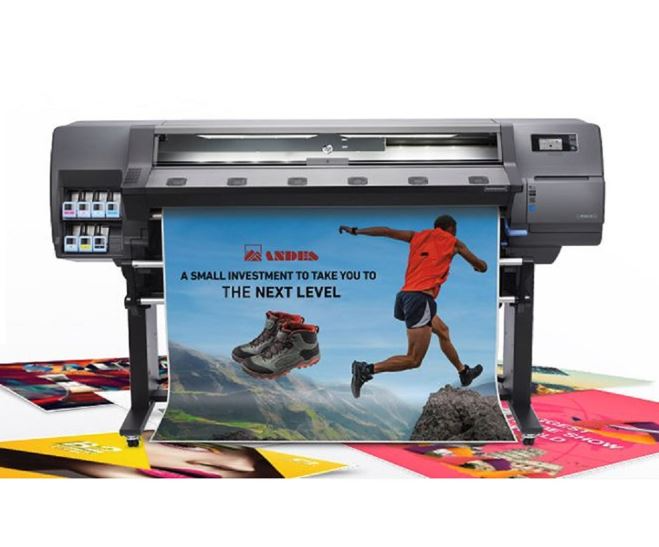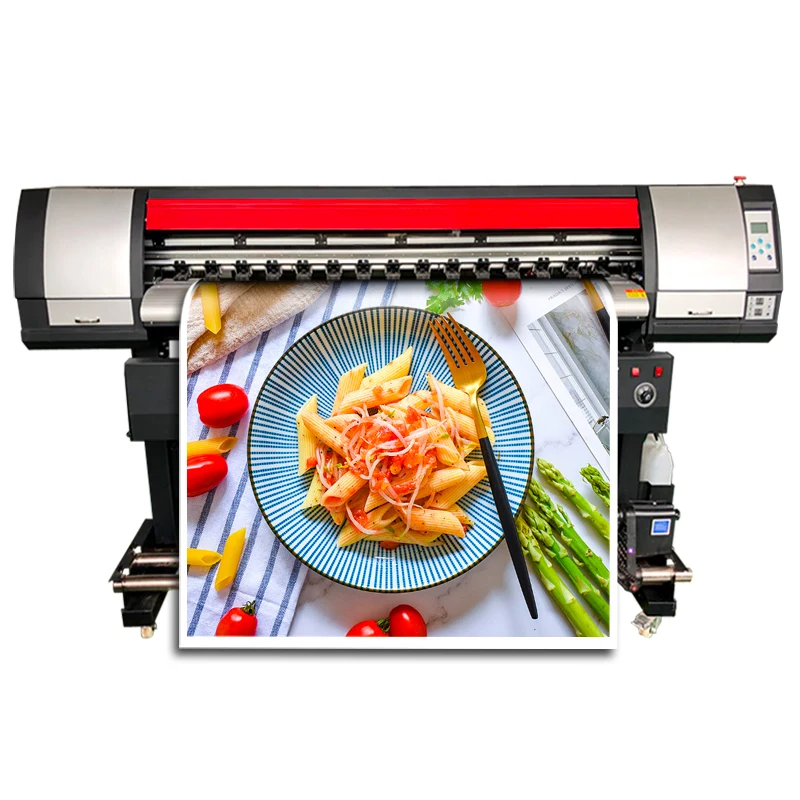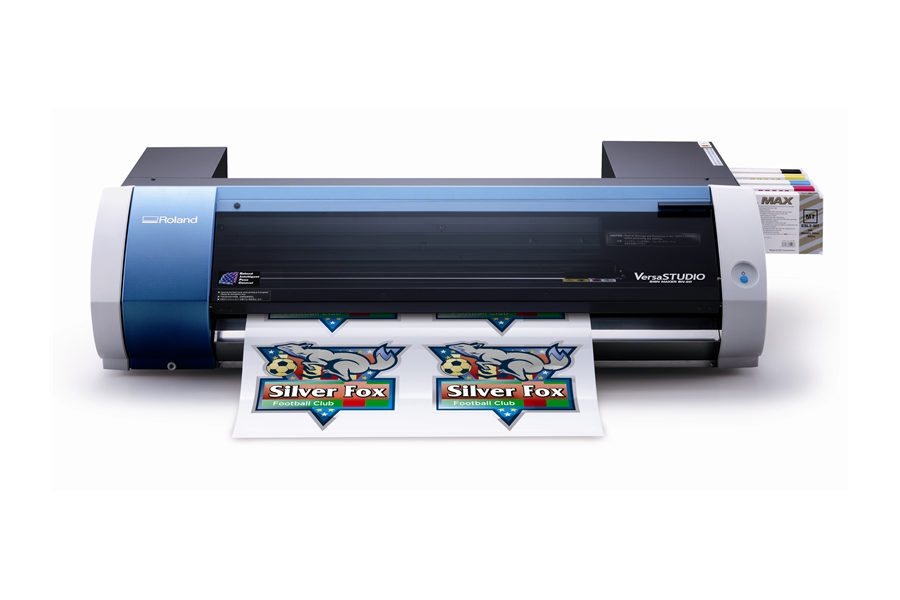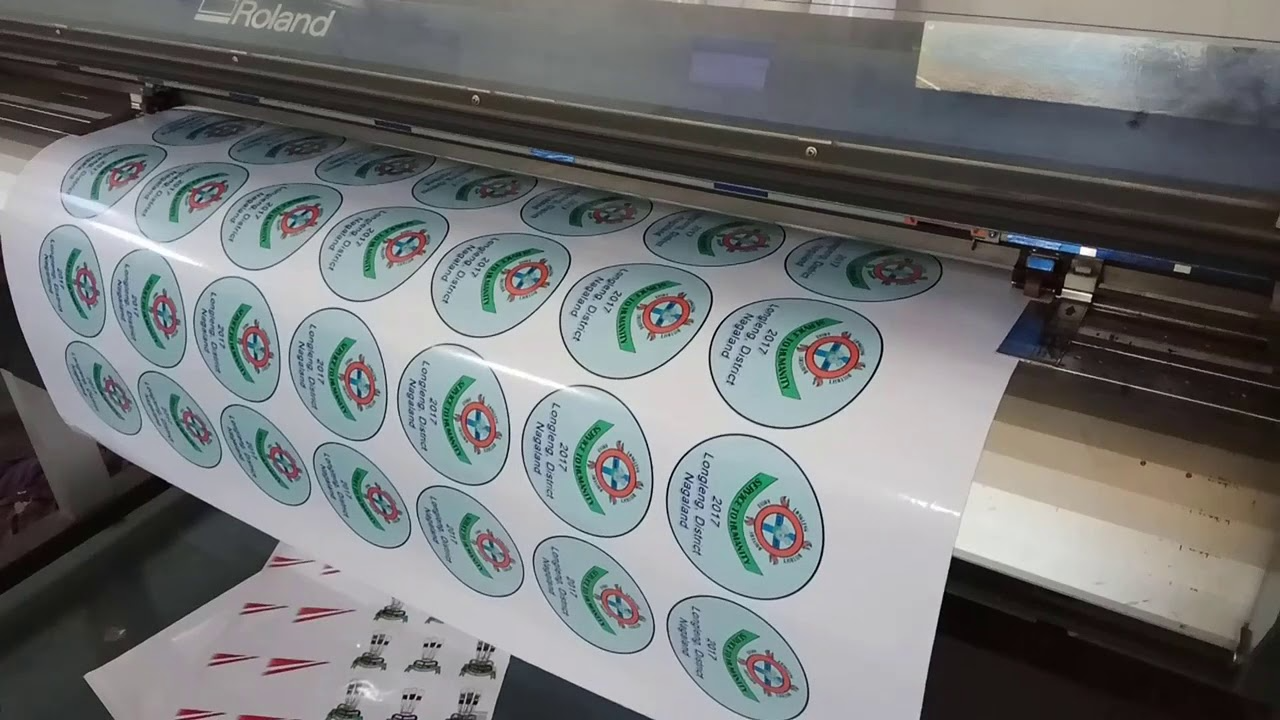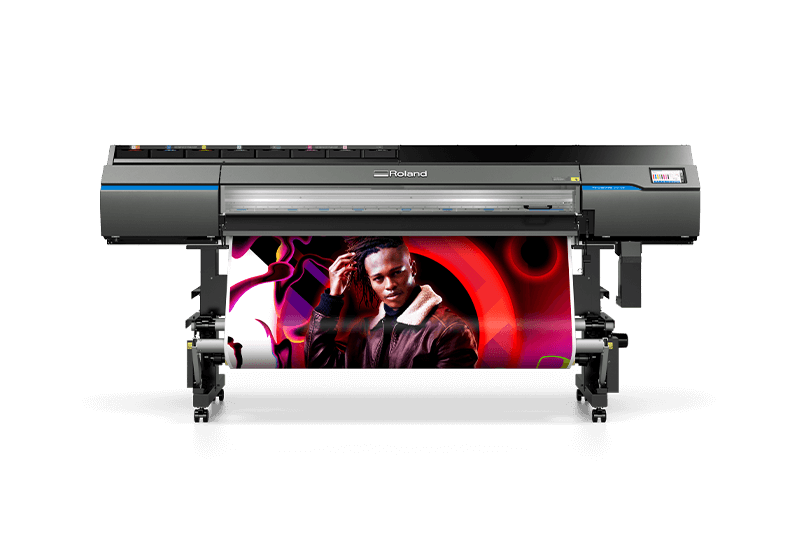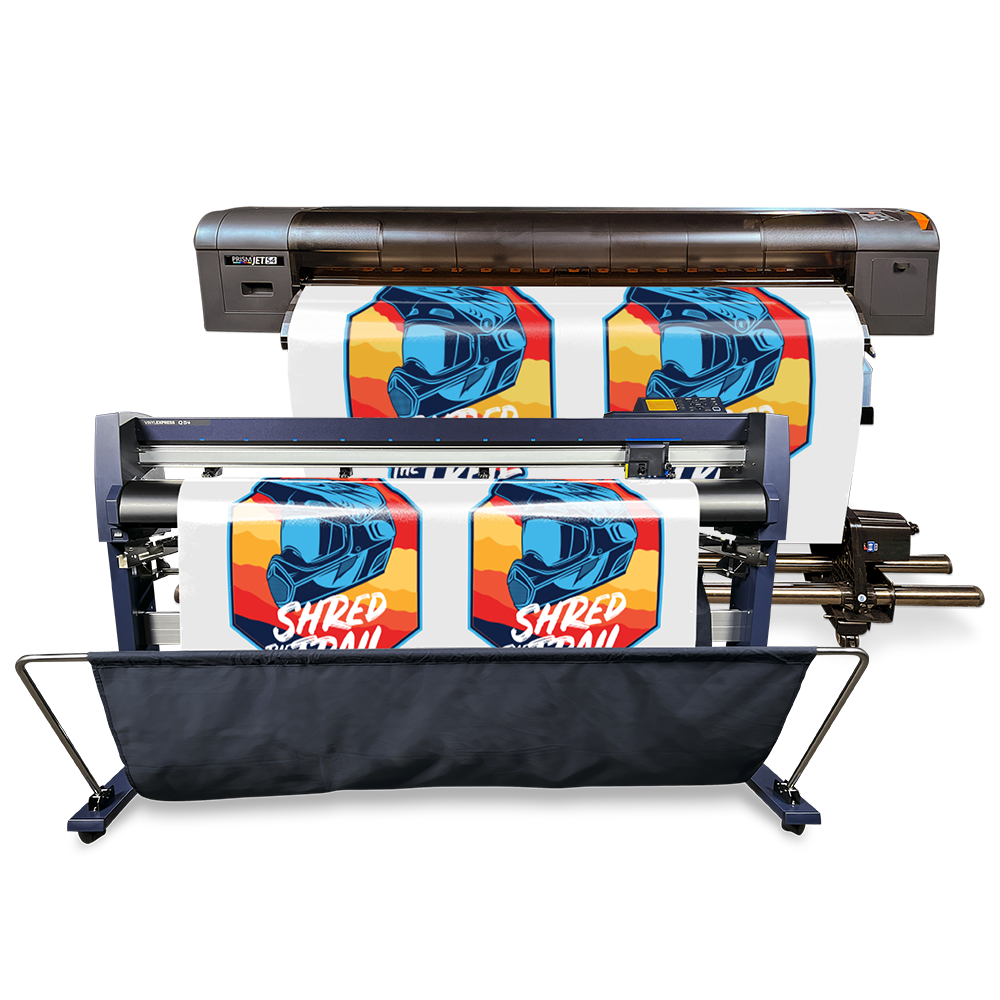Vinyl printing has become a crucial component in various industries, from marketing and advertising to interior design and custom apparel. Vinyl printers offer high-quality, durable prints that can be used on multiple surfaces, making them incredibly versatile. This comprehensive guide will explore the essential features and benefits of vinyl printers, delve into their design and build quality, discuss performance and print quality, connectivity and compatibility, and much more. By the end of this article, you will have all the information needed to choose the best vinyl printer for your needs.
Design and Build Quality
Robust Construction
Vinyl printers are designed to handle heavy-duty work, which requires robust construction. Quality vinyl printers feature sturdy frames and durable components that can withstand the rigors of continuous use. Manufacturers use high-grade metal and industrial-grade plastic to enhance durability. This construction ensures that the printer remains steady during operation, reducing vibrations that can affect print quality.
The robust construction of vinyl printers not only improves longevity but also impacts the quality of prints. A stable frame minimizes movement during printing, leading to more precise and accurate results. This is especially crucial for large-format vinyl printers used in producing banners, signs, and vehicle wraps. Robust construction also ensures the printer can handle thicker and more rigid vinyl materials without any issues.
Ergonomic Design
Ergonomics play a vital role in the design of vinyl printers, enhancing user comfort and efficiency. Many models feature easy-to-access control panels with intuitive interfaces, making it straightforward for operators to set up and manage print jobs. The control panels often include touchscreens and customizable shortcuts, allowing for quick adjustments during the printing process.
Vinyl printers also come with ergonomic loading and unloading mechanisms for vinyl rolls. These features simplify the process of changing materials, reducing downtime and minimizing the risk of errors. Additionally, some printers include built-in storage for tools and accessories, keeping everything organized and within reach. This ergonomic design improves workflow and enhances the overall user experience.
Performance and Print Quality
High-Resolution Printing
One of the standout features of vinyl printers is their ability to produce high-resolution prints. These printers use advanced printhead technology and high-quality inks to deliver sharp, vibrant images and text. The resolution of vinyl printers can range from 720 dpi (dots per inch) to 1440 dpi or higher, depending on the model. Higher resolution ensures finer details and smoother gradients, which are essential for professional-quality prints.
High-resolution printing is particularly important for applications such as vehicle wraps, wall murals, and premium signage. These projects require crisp images and vibrant colors to attract attention and make a lasting impression. Vinyl printers excel in this area, offering exceptional print quality that meets the demands of various industries.
Durability and Longevity
Vinyl prints are known for their durability and longevity, and vinyl printers are designed to produce these high-quality results consistently. The inks used in vinyl printing are formulated to be UV-resistant, water-resistant, and scratch-resistant. This ensures that the prints can withstand harsh environmental conditions, including exposure to sunlight, rain, and wind.
The durability of vinyl prints makes them ideal for outdoor applications, such as banners, vehicle graphics, and outdoor signage. The prints can last for several years without fading or deteriorating, providing long-term value to customers. This longevity also reduces the need for frequent replacements, saving time and money in the long run.
Connectivity and Compatibility
Seamless Integration
Modern vinyl printers are equipped with various connectivity options to ensure seamless integration with your existing workflow. These printers often include USB, Ethernet, and wireless connectivity, allowing you to connect to multiple devices and networks. This flexibility ensures that you can send print jobs from computers, tablets, and even smartphones with ease.
Wireless connectivity is particularly beneficial for large organizations with multiple users. It allows team members to send print jobs remotely, enhancing collaboration and efficiency. Some vinyl printers also support cloud-based printing, enabling users to access and print files from cloud storage services such as Google Drive and Dropbox. This seamless integration streamlines the printing process and improves productivity.
Software Compatibility
Vinyl printers are compatible with a wide range of design and RIP (Raster Image Processor) software, ensuring that you can work with your preferred tools. Popular design software such as Adobe Illustrator, CorelDRAW, and FlexiSIGN are commonly used in vinyl printing. These programs offer robust design capabilities, allowing you to create intricate graphics and detailed text.
RIP software plays a crucial role in vinyl printing by managing the translation of design files into printable data. It optimizes color management, print quality, and layout, ensuring that the final output matches your design specifications. Many vinyl printers come with proprietary RIP software, but they are also compatible with third-party RIP solutions. This compatibility provides flexibility and allows you to achieve the best possible results for your projects.
User Experience
Easy Setup and Operation
Setting up and operating a vinyl printer is designed to be as straightforward as possible. Many printers come with detailed user manuals and online resources to guide you through the setup process. The initial setup typically involves assembling the printer, loading the ink cartridges and vinyl rolls, and connecting the printer to your computer or network.
Once set up, operating the printer is user-friendly, thanks to intuitive control panels and software interfaces. The control panels often feature touchscreens with clear icons and menus, making it easy to navigate and select settings. The software interfaces offer advanced features such as print previews, color adjustments, and job management tools, ensuring that you have full control over the printing process.
Maintenance and Troubleshooting
Regular maintenance is essential to keep your vinyl printer in optimal condition and ensure consistent print quality. Manufacturers provide detailed maintenance schedules and guidelines to help you care for your printer. This typically includes cleaning the printheads, replacing ink cartridges, and checking for any signs of wear or damage.
Most vinyl printers come with built-in diagnostic tools that can identify and troubleshoot common issues. These tools provide alerts and recommendations for resolving problems, minimizing downtime and ensuring smooth operation. Additionally, many manufacturers offer customer support and service plans, providing assistance and peace of mind if you encounter any issues.
Environmental Considerations
Eco-Friendly Inks
As sustainability becomes increasingly important, many vinyl printers are designed with eco-friendly features. One of the key aspects is the use of eco-solvent or water-based inks, which produce fewer volatile organic compounds (VOCs) compared to traditional solvent-based inks. These eco-friendly inks are not only better for the environment but also safer for operators, reducing exposure to harmful chemicals.
Eco-solvent and water-based inks still offer excellent print quality and durability, making them a viable alternative to traditional inks. They are suitable for a wide range of applications, including outdoor signage, banners, and vehicle graphics. By choosing a vinyl printer that uses eco-friendly inks, you can reduce your environmental footprint and contribute to a more sustainable printing industry.
Energy Efficiency
Many modern vinyl printers are designed to be energy-efficient, reducing power consumption without compromising performance. These printers often include features such as automatic power-saving modes and efficient heating systems for drying prints. Energy-efficient printers can help lower operating costs and reduce the environmental impact of your printing operations.
Manufacturers are also increasingly using recyclable and sustainable materials in the construction of vinyl printers. This reduces waste and promotes more sustainable manufacturing practices. By choosing an energy-efficient vinyl printer, you can achieve high-quality prints while minimizing your environmental footprint.
Competitive Advantages
Unique Selling Points
Vinyl printers offer several unique selling points that set them apart from other types of printers. One of the standout features is their ability to produce large-format prints, making them ideal for applications such as banners, vehicle wraps, and wall murals. The high-resolution printing capabilities ensure that even large prints are detailed and vibrant.
The durability and versatility of vinyl prints are other significant advantages. Vinyl prints can withstand harsh environmental conditions, making them suitable for both indoor and outdoor use. The ability to print on various vinyl materials, including adhesive vinyl, heat transfer vinyl, and perforated vinyl, further enhances the versatility of vinyl printers.
Comparison with Competitors
When comparing vinyl printers to other types of printers, it becomes clear why they are a popular choice for many industries. Traditional inkjet and laser printers may offer high-resolution printing but lack the durability and versatility of vinyl prints. Vinyl printers produce prints that can withstand exposure to sunlight, rain, and wind, making them suitable for a broader range of applications.
Vinyl printers also offer more extensive media compatibility, allowing you to print on various vinyl materials and even other substrates such as canvas and fabric. This versatility makes them a practical choice for businesses that require diverse printing capabilities. The combination of high-resolution printing, durability, and versatility makes vinyl printers a valuable tool for professional printing.
Conclusion
In conclusion, vinyl printers are an essential tool for various industries, offering high-quality, durable prints that can be used on multiple surfaces. Their robust construction, high-resolution printing capabilities, and seamless connectivity make them a reliable and versatile choice for professional printing. Vinyl printers excel in producing large-format prints, making them ideal for applications such as banners, vehicle wraps, and wall murals.
The user-friendly setup and operation, combined with advanced software compatibility and maintenance features, ensure a smooth and efficient printing experience. The use of eco-friendly inks and energy-efficient designs further adds to the appeal of vinyl printers, aligning with sustainability goals.
Vinyl printers offer unique selling points and competitive advantages that set them apart from other types of printers. Their ability to produce durable, high-resolution prints on various materials makes them a practical and valuable tool for businesses and professionals. Whether you’re in the marketing, advertising, interior design, or custom apparel industry, a vinyl printer can elevate your printing capabilities and deliver exceptional results.
Investing in a vinyl printer is a smart choice for anyone looking to achieve professional-quality prints with durability and versatility. With the right vinyl printer, you can expand your printing capabilities, enhance your workflow, and create stunning prints that leave a lasting impression. Choose a vinyl printer that meets your needs and experience the difference it makes in your printing projects.
